Angela Cardas is Chief Awesome Officer (yep, you read that right) at Oregon (US) based Cardas Audio. Many will know the company for their cables but they also produce turntable accessories and much more besides. Hifi Pig has a chat with the awesome Angela about the company’s history, what it’s like to be a woman in the Hifi industry and much more.
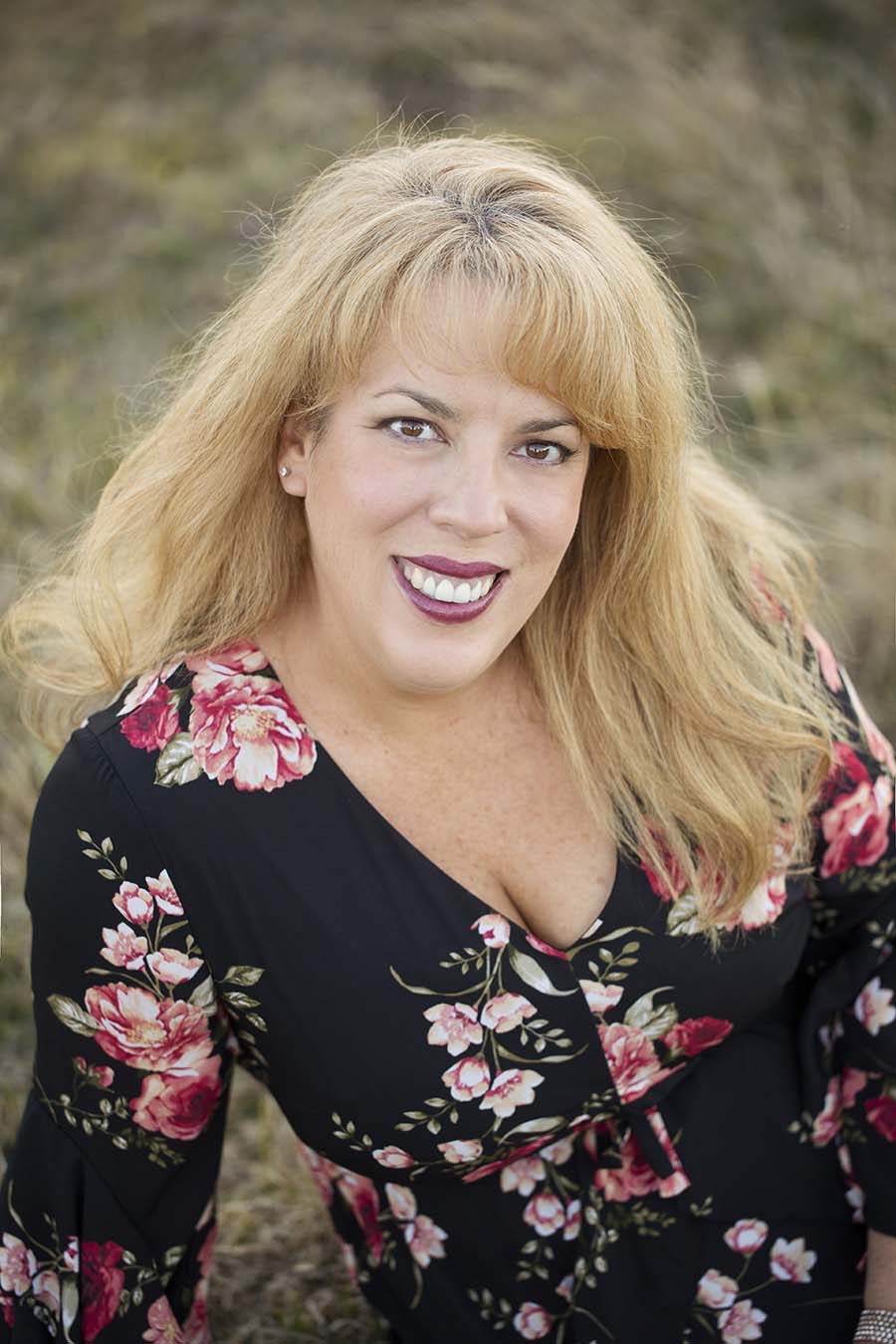 HP: Cardas are a well established name in the Hifi industry, tell us a bit more about the history of the company and what led to it being founded by your father, George Cardas?
HP: Cardas are a well established name in the Hifi industry, tell us a bit more about the history of the company and what led to it being founded by your father, George Cardas?
AC: As a kid, I remember my dad being really into his stereo. He was a line engineer for the telephone company, so he knew how cable affected audio quality. He started experimenting with speaker cable designs in the 1980s, in an effort to improve his own system.
My older sisters had already left the house, so I was drafted into cable caparison duty. He’d have me sit in his listening chair, play part of a song, switch cables, play the same part again, and ask me what I was hearing.
The cables he came up with were worthy of bringing to the market, so he did. And in a nutshell, that’s how Cardas Audio started.
At first, his buddies would terminate cables in our garage while he went to work at the phone company. Eventually, he took early retirement and put everything into the business.
HP: Tell us about the technology behind the products.
AC: We’re very open about our product designs. We start with the purest virgin copper available, mined for us in New Mexico and drawn into Copper wire using a proprietary method George developed years ago. Only one facility can do it, and as such, our copper is in high demand all over the world, both in audio and scientific applications.
Our cables are assembled from multi-stranded Litz conductors – each individual Copper strand is insulated from the rest with an enamel coating. We start with the smallest strands at the centre of the conductor, with strand size increasing by a Golden Ratio step (1:1.618) with every layer. This is a micro-resonance control technique that’s the subject of one of George’s first patents.
We use carefully calculated TPI (twists per inch) to ensure that every strand, from the centre to the outside, is the same length. Each layer is wound the opposite direction of the previous layer.
Each conductor is encased in high performance dielectrics. Multiple conductors are suspended in their geometries, often using air-tubes to minimize dielectric involvement.
Some of our conductor and cable designs have required the modification of antique braiding equipment to operate in ways their designers – over 100 years ago – never envisioned.
Terminating the cables – putting connectors on them – is critical. Our terminators are skilled craftsmen, using our own proprietary Quad Eutectic Solder and Rosin Solder Paste.
Our flagship speaker cables are terminated using a solder-less, compression die forging process that fuses the copper of the conductor to that of the connector.
Cardas connectors are machined from billet copper or brass, and plated with a flash of rhodium over thick silver.
That’s just a bit of what goes into a Cardas cable.
HP: Cables are perhaps one of the most controversial areas of Hifi and audio, how do you explain the role of cables to the sceptics?
AC: Thanks to my childhood role as dad’s favourite cable tester, I was aware that cables made a difference long before I realized that there were people who thought they didn’t matter. And I haven’t come across many cable sceptics with an interest in high-end audio. They’re aware that some people have a passion for it, and that they’re buying expensive cables. This bothers them.
Our customers have a passion for their systems, and they’re tuned into the nuances that make HiFi so fascinating. They don’t spend much time worrying that somebody behind a computer keyboard thinks they’re not hearing what they know they’re hearing.
We have cables that help tame the edge of a mid-level AV system. We have cables that provide warmth and musicality, much like tube gear. And we have cables in our flagship line that convey the utmost in clarity, allowing your zero-compromise components and speakers in your perfectly designed room to perform without a touch of coloration. I’d say the role of cables is to fine tune the system, but of course, that’s the role of every component & accessory in a high-end audio system.
Instead of being sceptical that cables might make a difference, I suggest that it would be stranger if they didn’t. I can’t think of anything that isn’t improved by employing the finest materials in a superior design. If the world’s best copper wire combined with the highest performance dielectrics didn’t result in a better performing cable, then *that* would be newsworthy! We’d finally have found the one thing in the world that can’t be made better by making it better.
HP: You seem to always be exhibiting at Hifi shows around the world, what are the important aspects of doing the shows yourself and how does this help the business?
AC: High end audio is almost as much about the community – both the manufactures and the consumers – as it is about the equipment. No offence to the engineers at Panasonic, but nobody wants to meet the team who designed the latest multi-channel AV receiver. People do want a connection with the personalities behind specialty equipment, however.
There’s so much passion behind high-end audio that everything is basically a work of art – and consumers relate to their systems as both functional gear, and artwork. They want to interact with the manufacturers. And I’m a people person – I want to meet them too.
We love talking to Cardas users at shows – I’ll admit it’s an ego boost when somebody you’ve never met tells you how your product has transformed their experience. And we love to interact with our dealers, distributors, and other manufacturers – we’re friendly people (I think!) and it’s important to our business that the rest of the industry know that we’re easy to deal with, and that we can help support them with product such as connectors and chassis wire.
Other exhibitors can also team up with us on showrooms, use our cables, and know that we won’t be hanging around, taking up space or distracting visitors to the room, because we spend the entire show in the halls!
Cardas is very much a family business with your sisters having also worked for the company, how important is ‘keeping it in the family’ and what does this add to your offering? Do you see this continuing with the next generation of the Cardas clan?
I’d love to see Cardas Audio continue as a family run business forever. Our son is 8 years old, and he loves this company. He comes into the shop after school and chats with the guys. They even show him how to use heat-shrink and hot glue! He and his friends talk about working at Cardas Audio someday. One of my goals in running this business is to make that happen.
HP: When did you decide that you wanted to go into the family business? What was the main factor in this decision?
AC: It’s kind of a funny story. About 10 years ago, my husband Josh was a freelance videographer, and George asked him to produce a video for the Consumer Electronics Show. It turned out really well, and George decided he wanted Josh to come work for the company, doing marketing, multi-media stuff, etc.. So that got us to Bandon, where Cardas is located.
I was doing wedding and portrait photography, but being back home in Bandon with my husband working for my dad, I was gradually becoming more interested and involved in the family business. I found myself having pretty deep conversations with George about the future of Cardas Audio, one of which ended with him saying “Well I guess you need to start working here then.” And suddenly I had a real job.
Josh often jokes that his job was just part of a trap, set by George, to get me involved.
HP: If you had not gone into Cardas Audio what do you think your career path would have been and where do think you would be now?
AC: I’d probably still be doing photography. Which I did enjoy, although wedding clients are SO much more difficult than stereo enthusiasts. People will call Cardas and say “I’m thinking about buying a Clear Beyond Speaker cable”, and we’ll say “Great, you’ll love it” and… they buy it. Then they call us a month later to tell us how much they love it. But wedding clients… you’ve heard the term “bridezilla”? That’s a real thing.
HP: What do you see as the importance of Cardas products being made in Bandon, Oregon, USA rather than being manufactured overseas?
AC: Making our products in the USA means something symbolically, but the primary, tangible thing it means to me is that we’re providing good jobs in the USA. Both here at Cardas, and with the vendors we partner with in various parts of the country. It’s nice to be able to print “Made In USA” on our products. And I’m glad that, even now, people around the world still desire American made products. But what it means to me is that the person who made that product can own a home, drive a reliable car, eat well, and enjoy a decent life.
HP: What has your experience been of being a woman in the Hifi industry? Has this changed throughout your career?
AC: I make no illusions about the fact that I was born into this, and groomed for the job since I was 10. There’s no glass ceiling at Cardas, which is wonderful, but there is a touch of nepotism :). I have limitless respect for the powerful women in this industry who followed their passion and made a name for themselves in a male dominated field, without any help.
My experience as a woman in HiFi has been unfairly amazing. Most of the older generation have known me since I was a kid, and they treat me like family. People my own generation tend to be all about gender equality, so no problem there. And the younger people have grown up knowing my last name, so I get to feel like a minor celebrity :). I am fully aware of the challenges women face in the professional world, regardless of industry. I dealt with it in my previous careers. But it’s not an issue for me in audio.
HP: Who do you admire in the Hifi industry and what wisdom and advice would you pass on to others who are starting out in the industry now?
AC: I definitely admire the people who got the modern era of high-end audio started. My dad, Jeff Rowland, Bill Lowe, Ray Kimber, Charlie Hansen to name a few.
Guys like Jeff Joseph of Joseph Audio and Alvin Lloyd of Grand Prix make amazing gear that I just love.
I’m also a big fan of the young people in our industry, with a passion for what they’re doing. Jesse Luna of DCS. Will Kline at Sonus Fabre. Isaac Markowitz at AudioQuest. Alex Brinkman at Auralic. These are guys who started as enthusiasts, and found their way into the industry – which is humbling for me because I was born into it.
HP: How did music influence you growing up and how does that continue now?
AC: I have two much older sisters, so I was brought up on a combination of my parents’ music, and my sisters’… From Willie Nelson to The Cure to Led Zeppelin. It’s amazing I could relate to my own peers :)
I’d say music influences me more now, however, than it ever has. Josh and I travel all over the state and even across the country to attend concerts. I don’t cut my hair or dress to emulate my favorite artists. But if you live in Bandon, Oregon, drive 5 hours to Portland, jump on a plane and fly to Austin to watch the Decemberists play at the University of Texas for 2 hours, I think you can say that you have been profoundly influenced.
And by the way, The Decemberists are based in Portland. But we’d already seen them in Oregon two times this year, so Texas just made sense :)
HP: What music do you enjoy listening to and what is your ‘go to’ format if you have one?
AC: I’m not good at identifying the genres of the musicians I enjoy. I can tell you some specific artists. The Decemberists. Portugal The Man. Neko Case. Nada Surf. Polyphonic Spree. Nightwish. In a general sense I call everything I like “rock & roll”, but it’s hard to call bands like The Decemberists & Polyphonic Spree rock & roll when the Rolling Stones exist. It renders the phrase nearly meaningless.
I will take this opportunity to express the opinion that there is a LOT of amazing new music out there. People my age and older (I’m 41) love talking about how music today just isn’t like it used to be. I feel like music today is better than it was when I was a kid. I think it’s better than when my parents were young (heresy, I know). The best music out there isn’t being spoon-fed to the consumers like in the heyday of top-40 radio, when nearly every young person listened to the same stuff. You have to seek it out. Which is ultimately more rewarding.
Initially published in Hifi Pig Quarterly January 2019. Download the whole E-Magazine here.
READ MORE BEHIND THE BRANDS INTERVIEWS






















































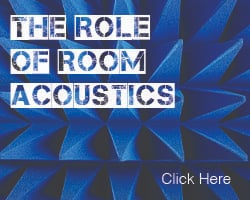
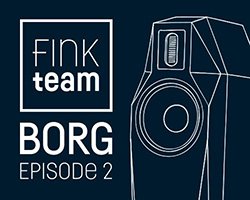

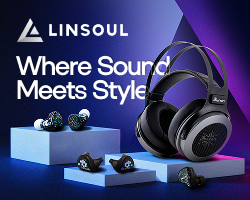

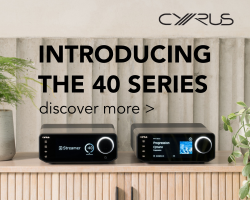

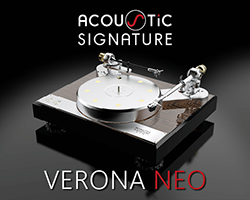
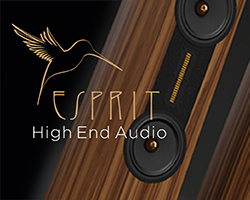
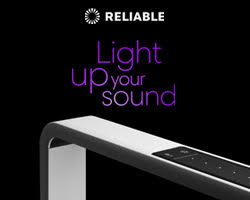
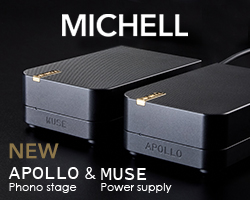
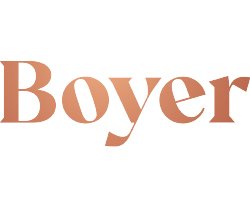

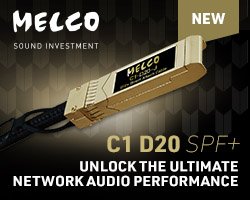
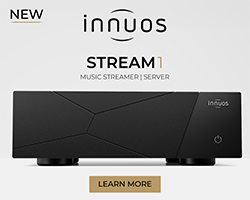
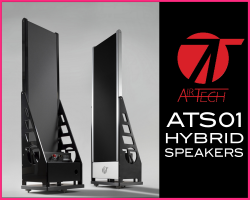
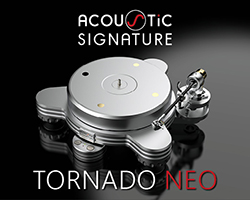
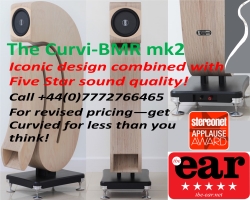
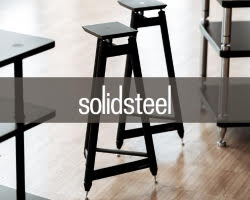
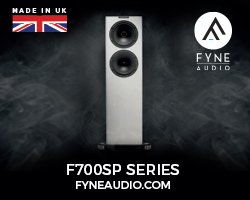

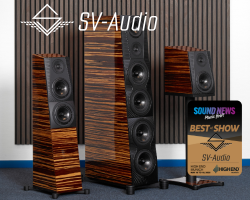
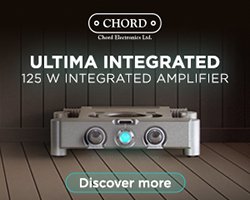
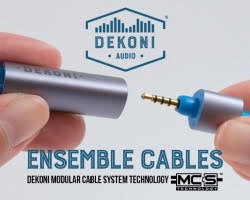

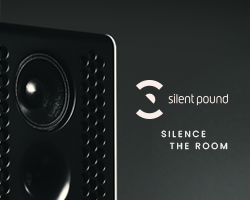
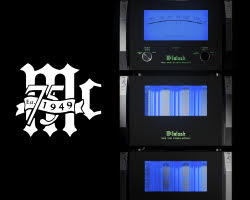
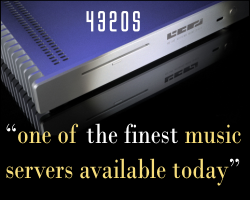
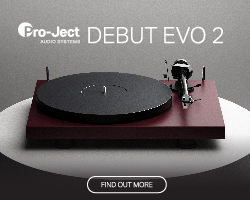
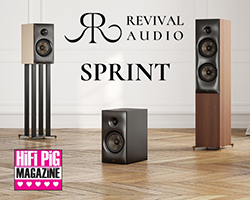

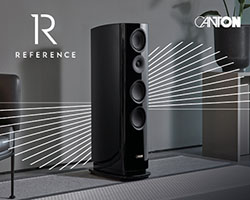
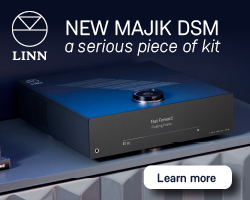
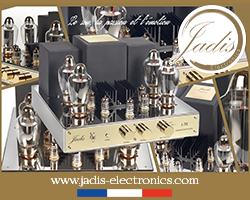
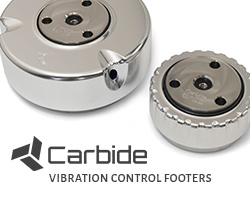

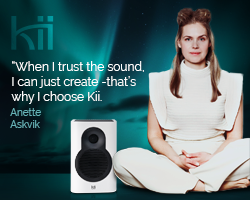
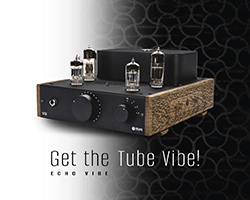
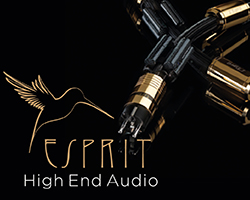

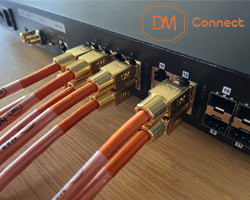
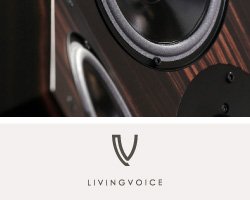

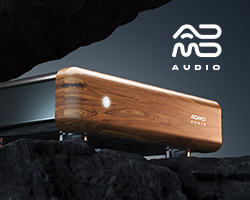
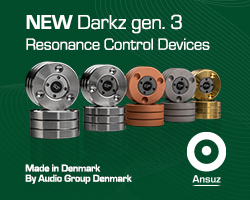
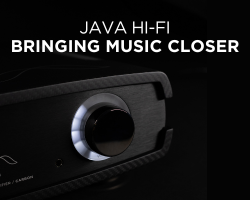
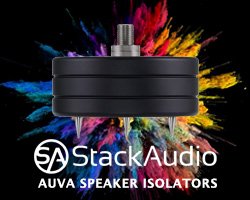
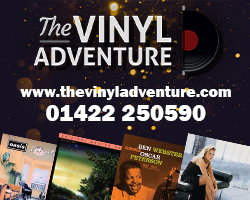
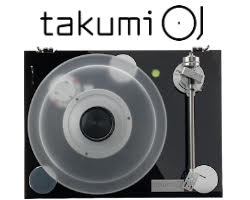
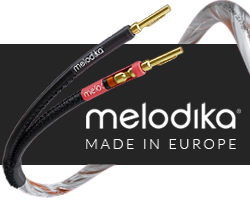
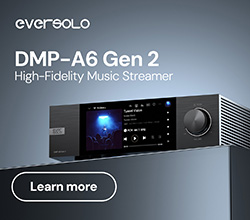
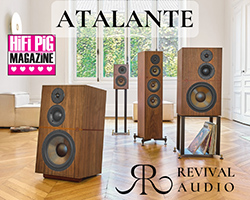
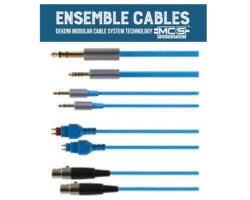

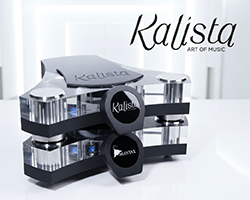

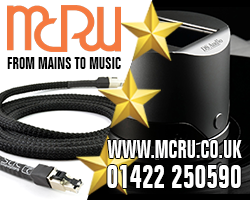
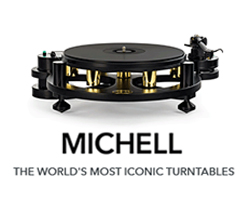

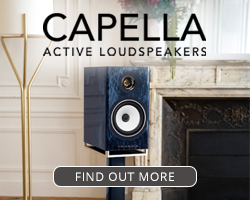
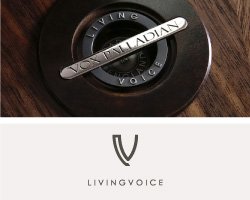

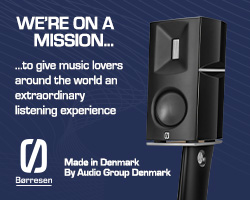
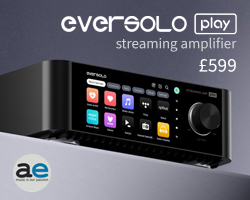
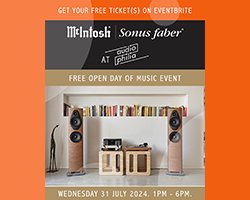
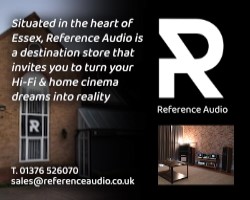

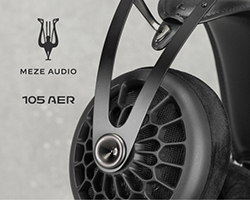
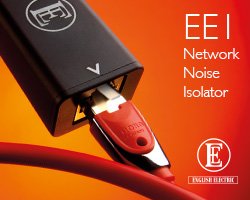
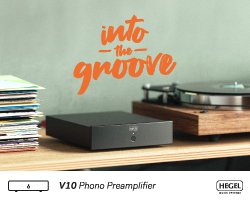

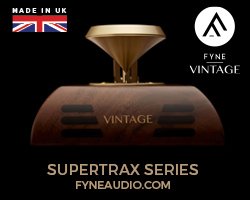
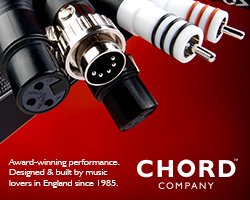
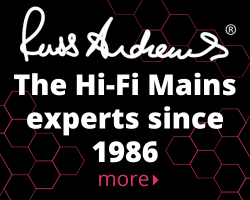
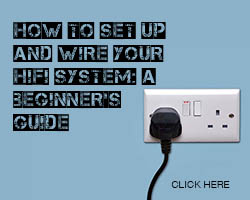
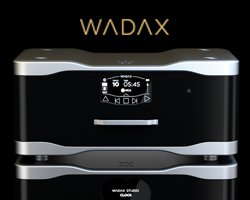
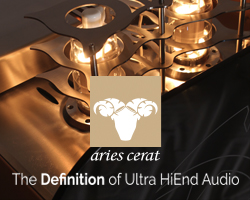
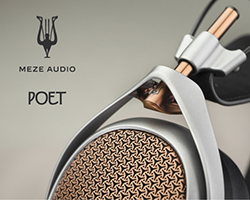
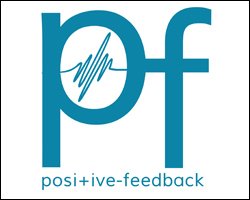
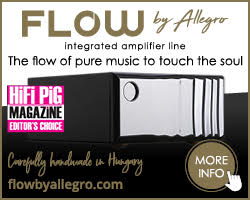
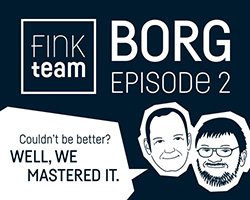
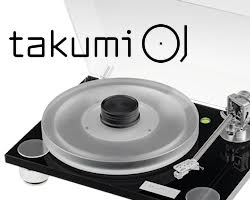
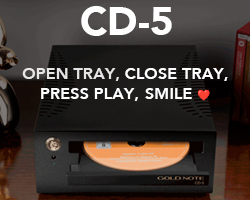

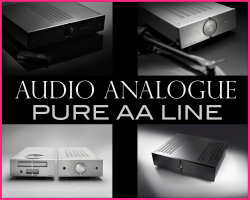
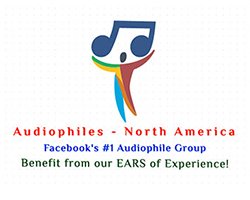
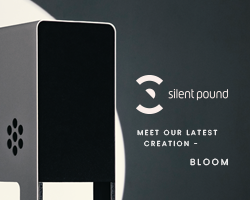
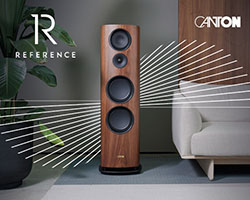
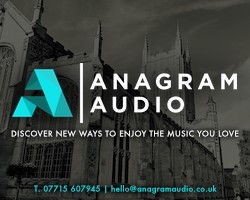
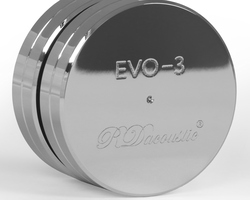
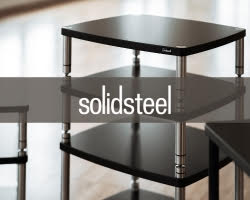
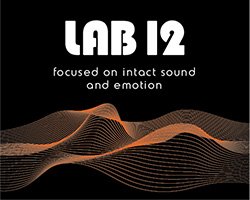
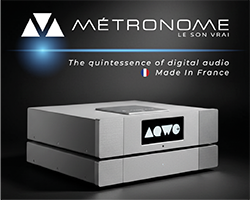
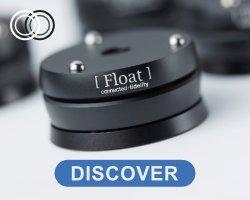
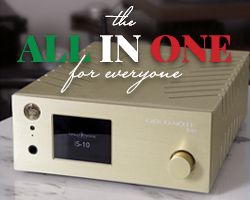
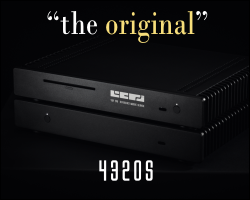
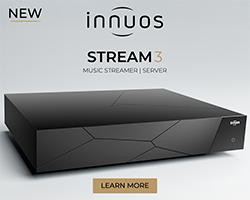




















































You must be logged in to leave a reply.